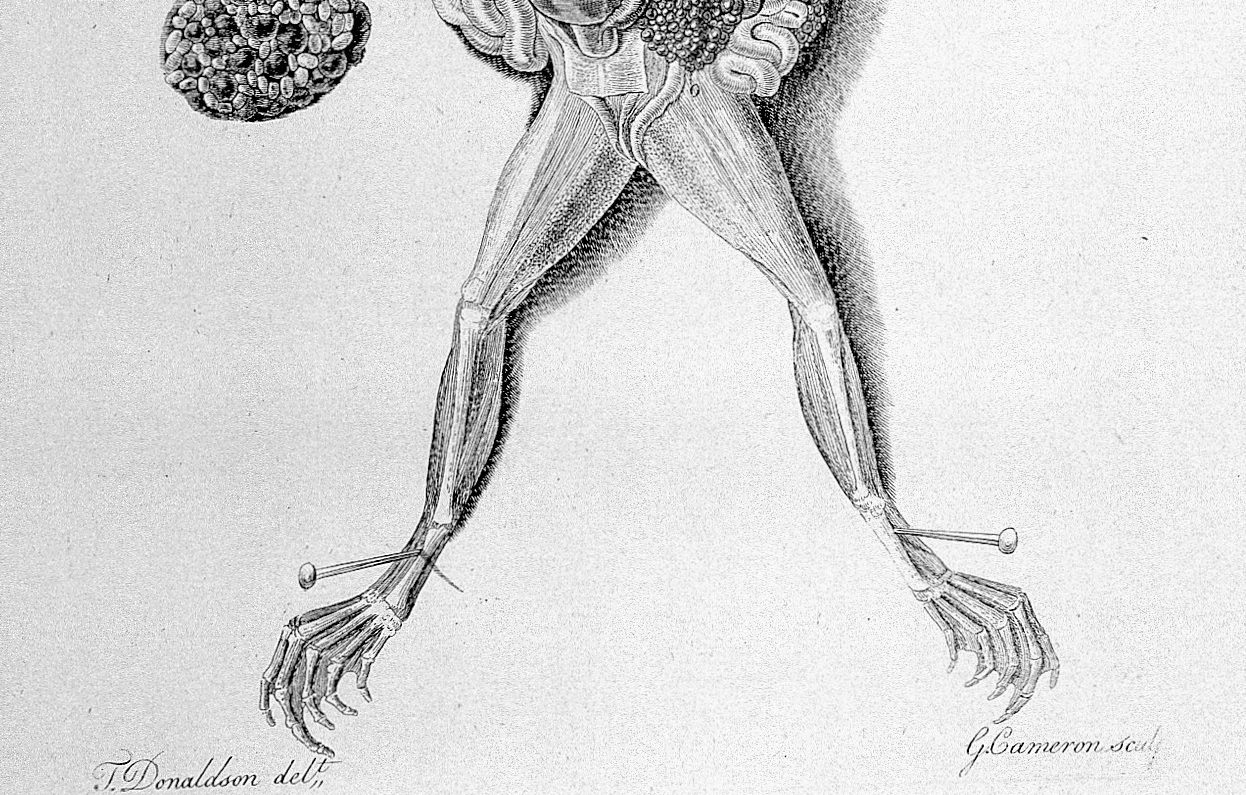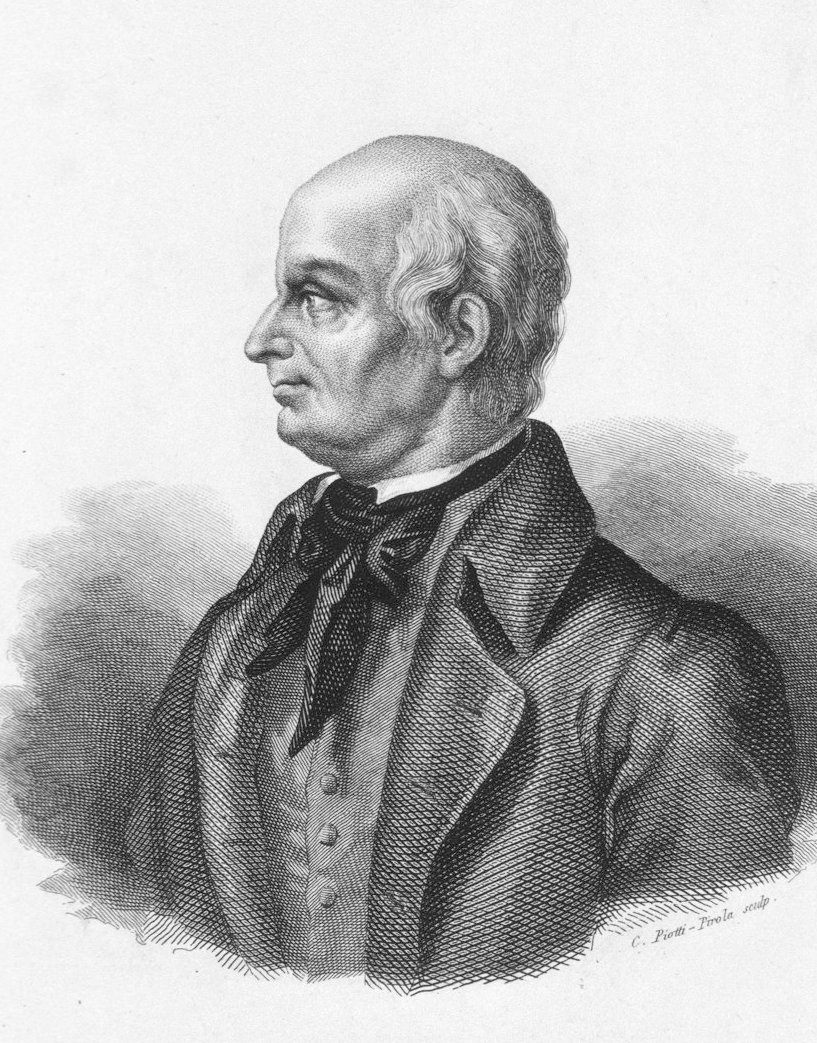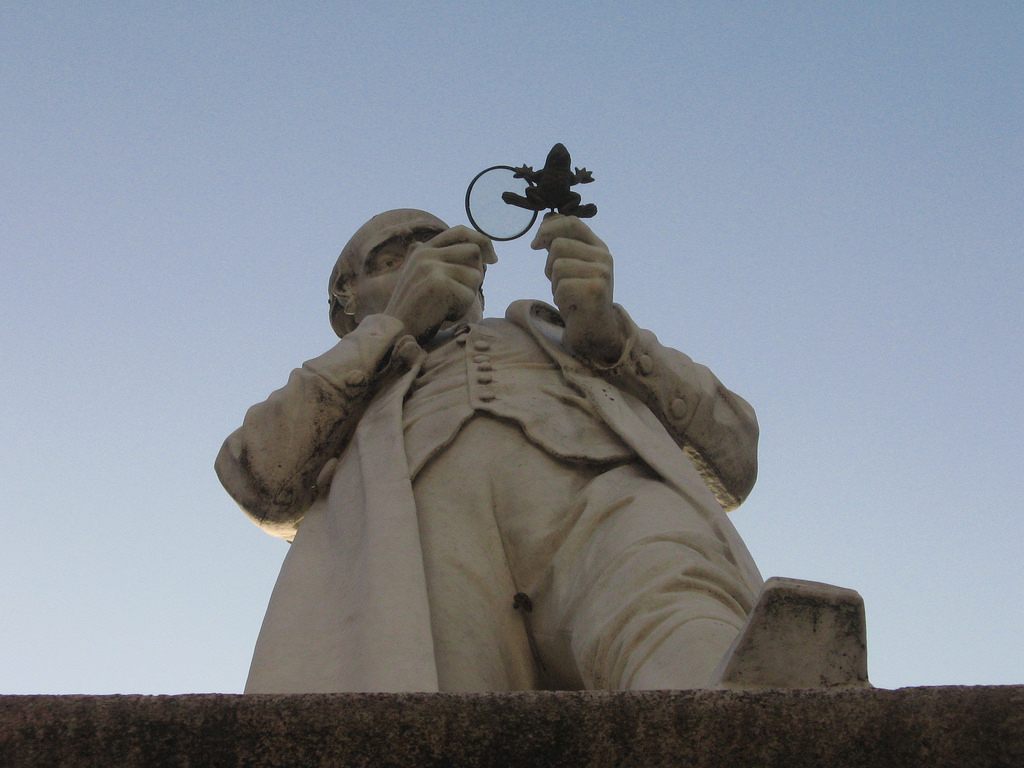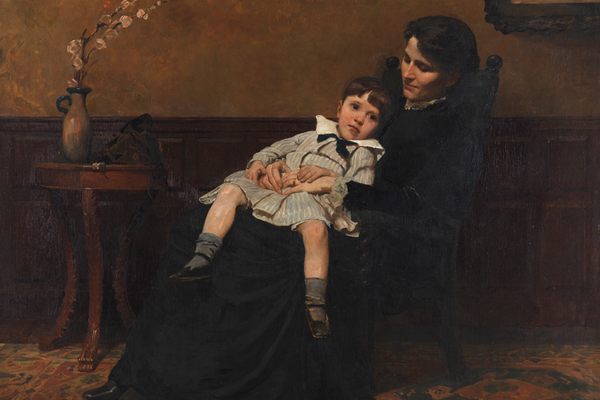Scientists Once Dressed Frogs in Tiny Pants to Study Reproduction
In the 18th century, fertility research got particularly creative.

You might value pants for their leg-sheathing, buttock-concealing and pocket-generating powers—but they can also serve as frog genital shackles, and they played a crucial role in 18th-century fertility research.
Reproduction wasn’t always a settled science. Prior to cell theory and the invention of the microscope, inquisitive minds engaged in quite a bit of guesswork over where babies come from. As early as 350 B.C., Aristotle proposed a theory of epigenesis—which was essentially correct. But not everyone cared for the idea of a sperm-and-egg collaboration.
So-called preformationists believed organisms developed from miniature versions of themselves. For instance, in the 17th and 18th centuries, Dutch physicist Nicolaas Hartsoeker took a hardline “spermist” approach, postulating that each sperm contained a complete preformed humanoid, or homunculus. Ovists, on the other hand, believed the egg contained all that was needed and merely required male seed as a chemical trigger. Still others pointed to maggots or fermentation as proof of spontaneous generation, at least in simpler organisms.

To reach our current understanding of reproduction, these fanciful theories would need to fall by science’s sword—and fall they did. Physician Francesco Redi’s classic 1668 experiment, in which he separated meat from swarming flies with gauze, struck a crucial blow to spontaneous generation. The ovists and the spermists would prove more difficult to defeat, which brings us to Italian physiologist and priest Lazzaro Spallanzani (1729-1799)—and his tiny frog pants.
Spallanzani was a devoted ovist. As evolutionary geneticist Kenneth Weiss points out in his 2004 paper The Frog in Taffeta Pants, Spallanzani and other microscope-users of the day knew semen contained “wormified beings in a thicker component, and a thinner liquid.” Based on popular theories concerning inheritable intestinal worms, Spallanzani thought the sperm might be mere parasites and that the seminal fluid alone served as a chemical trigger for the all-encompassing egg.

In the 1760s, to better understand the process, Spallanzani repeated a 1736 experiment by French scientist René Antoine Ferchault de Réaumur. In the original experiment, Réaumur enshrouded the posteriors of male frogs in pants made from pig’s bladder and taffeta. He aimed to prevent the dousing of frog eggs and examine any male frog secretions caught in the pants to gain a better understanding of how fertilization works. The frogs’ tendency to wriggle out of the pants made these experiments challenging.
In his follow-up experiment decades later, Spallanzani described the prophylactic garment as “pants,” but without illustration or artifact, we’re left to imagine the most ridiculous possibilities. (Tiny lederhosen, perhaps?). Spallanzani’s pants prevented the thicker portion of the semen from reaching the egg, though he was still loathe to credit its wormlike contents with fertilization.

According to Ernesto Capanna’s Lazzaro Spallanzani: At the Roots of Modern Biology, Spallanzani went on to throw pants on various amphibian species. In each case, he collected semen from the taffeta pants and successfully carried out artificial insemination on a female of the same species. In time, he even upgraded to dogs, but didn’t need special pants for canine semen collection.
Spallanzani remained an ovist his entire life, always finding a way to credit the egg alone as the human “tadpole.” He died of bladder cancer in 1799 and the bladder itself remains preserved in Pavia, Italy.

The scientific understanding of reproduction has changed a great deal over the last two centuries, but animal breeding programs continue. The methods of semen collection remain, if we’re being honest, a bit awkward. Plus, every now and then, a well-meaning scientist busts out a pair of experimental pants. In 1993, Egyptian sexologist Dr. Ahmed Shafik dressed rats in polyester pants to study the fabric’s effects on sexual activity.
Never doubt the research potential of tiny trousers.








Follow us on Twitter to get the latest on the world's hidden wonders.
Like us on Facebook to get the latest on the world's hidden wonders.
Follow us on Twitter Like us on Facebook